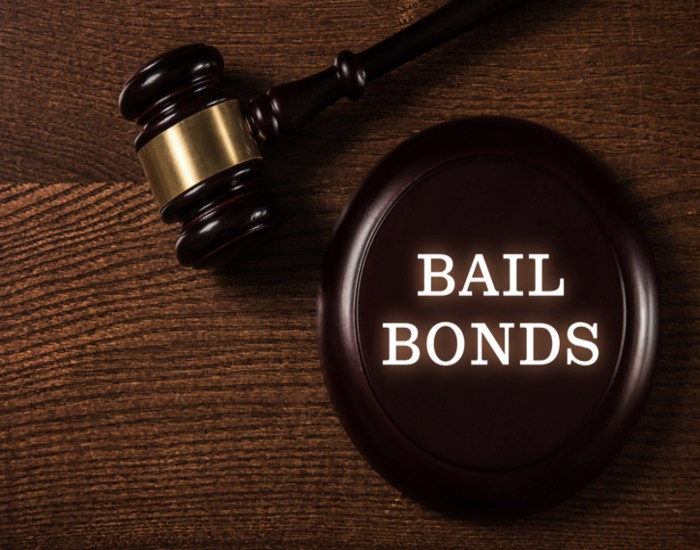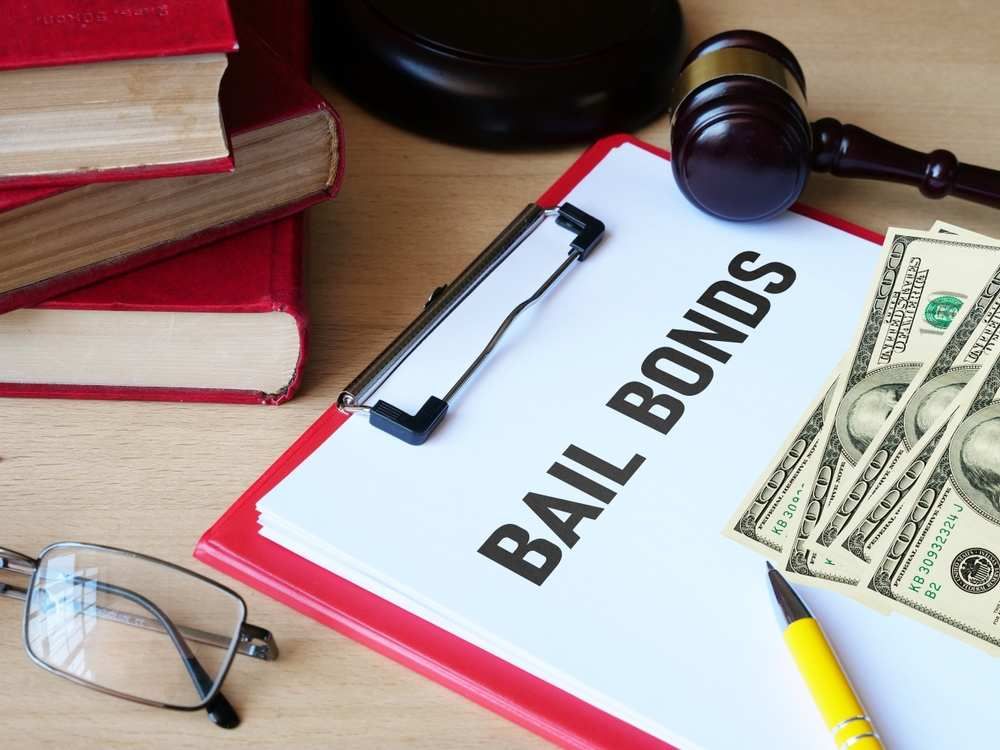Exactly How Bail Bonds Can Assist Secure Your Flexibility Rapidly
Comprehending the Essentials of Bail Bonds: What You Required to Know
Browsing the complexities of bail bonds is a vital aspect of the lawful system that can significantly influence the accused's trip through court process. The complexities of how bail bonds operate, the various types available, and the essential considerations in picking a credible bail bondsman can be intimidating.
What Is Bail?
Bail is a monetary setup that allows a specific accused of a criminal offense to be launched from wardship while awaiting test. The key purpose of bail is to guarantee that the offender stands for future court procedures (Bail Bonds). Generally established by a court, the bail amount varies depending upon the nature of the criminal activity, the defendant's criminal history, trip threat, and various other important aspects
When bail is granted, the accused or an agent needs to pay a defined amount, which may be in money or with a bail bond. Sometimes, bail can be denied altogether, particularly for severe offenses or if the suspicious postures a substantial risk to public safety. The concept of bail is rooted in the presumption of innocence, strengthening the concept that people must not be penalized prior to a sentence.

Understanding Bail Bonds
A bail bond is a financial instrument that helps with the release of an accused individual from custodianship, functioning as an assurance for their appearance at future court dates. This arrangement allows defendants to keep their liberty while waiting for test, decreasing the concerns connected with incarceration. The bail bond procedure typically entails a third-party firm, called a bail bondsman, who provides the essential funds to the court in behalf of the implicated.
Bail bonds come in numerous types, including surety bonds, property bonds, and cash money bonds, each with unique requirements and implications. Guaranty bonds, the most usual kind, need a premium settlement, typically a percentage of the complete bail quantity, which is non-refundable. On the other hand, a home bond involves making use of genuine estate as collateral, while money bonds necessitate the complete bail quantity to be paid upfront.
Recognizing the nuances of bail bonds is vital for defendants and their family members. It is vital to understand the possible monetary effects, including costs and responsibilities to the bail bondsmansman, along with the lawful duties tied to making sure court looks. Understanding of these aspects help in making educated choices throughout a tough time.
Exactly How Bail Bonds Work
The process of protecting a bail bond commonly involves a number of crucial steps that make sure the charged can reclaim their freedom while awaiting trial. The individual or their representative get in touches with a bail bondsman, who evaluates the situation and the connected dangers. The bondsman will need information about the accused, including the charges, the bail quantity established by the court, see this site and any kind of pertinent individual information.
When the bondsman agrees to provide the bond, the accused or their representative must pay a non-refundable cost, generally a percent of the complete bail amount. This fee compensates the bail bondsman for tackling the monetary danger of making sure the implicated appears in court. Sometimes, security might likewise be required, such as residential property or useful possessions, which acts as security for the bond.
After the cost and any kind of collateral are organized, the bondsman submits the required documentation to the court. Upon approval, the bail is uploaded, and the implicated is released from safekeeping. It is important for the charged to follow all court dates and problems, as failure to do so can lead to the forfeit of the bond and possible legal consequences.
Kinds Of Bail Bonds
Numerous kinds of bail bonds are available to match different circumstances and requirements. The most typical type is the guaranty bond, where a bondsman assurances payment of the complete bail total up to the court for a non-refundable charge, generally around 10% of the bail. This setup allows accuseds to secure their release without paying the whole bail upfront.
An additional type is the money bond, which calls for a co-signer or the defendant to pay the full bail quantity in money straight to the court - Bail Bondsman. This alternative is typically favored for lower bail quantities, as it ensures the cash is returned upon the offender's appearance whatsoever court process
Building bonds involve making use of property as collateral. In this case, the court puts a lien on the property, which can be surrendered if the accused falls short to appear.
Lastly, federal bail bonds are especially designed for federal situations, commonly entailing higher amounts and additional intricacies. Recognizing these numerous bail bond kinds is essential for accuseds and their households in making notified choices throughout a tough time.
Picking a Bondsman
When choosing a bondsman, it is vital to think about several key elements that can affect the general experience and result. First, examine the bail bondsman's reputation by looking into on-line testimonials and getting referrals from relied on sources. A trustworthy bail bondsmansman will have a history of professionalism and reliability and successful cases.

Many bail bondsmen bill a non-refundable charge, usually around 10% of the bail quantity. Transparency in rates is a hallmark of a reliable bail bondsman.
Conclusion
Bail serves as a monetary guarantee of court appearance, while different kinds of bail bonds cater to different scenarios. Understanding the operational systems of bail bonds and picking a respectable bail bondsman can significantly influence the general experience.
The details of just how bail bonds operate, the different kinds readily available, and the vital factors to consider in picking a reliable bail bondsman can investigate this site be discouraging. The bail bond process commonly involves a third-party business, understood as a bond bondsman, that provides the needed funds to the court on part of the accused.
The most common type is the surety bond, where a bail bondsman assurances settlement of the complete bail amount to the court in exchange for a non-refundable charge, usually around 10% of the bail. Bail offers as an economic guarantee of court look, while various types of bail bonds cater to different conditions. Understanding the operational systems of bail bonds and choosing a trustworthy bail bondsman can significantly influence the total experience.